Turtles are among the most ancient creatures on our planet, with fossil records dating back more than 220 million years. Beyond their distinctive shells and unhurried pace, these remarkable reptiles harbor biological secrets that have fascinated scientists studying aging and longevity. While humans celebrate reaching their 90s, some turtle species casually surpass the century mark, with certain individuals documented to live well beyond 150 years. This extraordinary lifespan, coupled with turtles’ unique biological characteristics, offers valuable insights into the mechanisms of aging and potential pathways to extending healthy human life. As we face growing challenges with age-related diseases in our increasingly long-lived population, these slow-moving, shell-bearing creatures may hold answers to some of our most pressing questions about longevity.
The Negligible Senescence Phenomenon

Unlike most animals, many turtle species demonstrate what scientists call “negligible senescence,” meaning they show minimal signs of aging as they grow older. While humans experience deteriorating organ function, muscle loss, and increased disease susceptibility with age, turtles maintain robust health and reproductive capabilities well into their advanced years. Some species, like the Aldabra giant tortoise, can reproduce successfully at over 100 years old—a biological feat that would be impossible for humans. This remarkable characteristic challenges our fundamental understanding of aging as an inevitable biological process. Rather than following the typical aging curve where mortality risk increases with time, turtles maintain a relatively constant mortality risk throughout their lives once they reach adulthood and escape the predation dangers of youth.
Cellular Repair Mechanisms

Turtles possess extraordinary cellular repair mechanisms that help maintain their longevity. Research has shown that turtle cells are exceptionally efficient at repairing DNA damage, which is a significant factor in aging and cancer development in humans. This repair efficiency means that mutations accumulate much more slowly in turtle cells compared to mammalian cells. Scientists at the University of California discovered that certain turtle species express higher levels of DNA repair enzymes than mammals do, allowing them to fix cellular damage that would otherwise lead to aging or disease. Additionally, turtle cells demonstrate remarkable resistance to oxidative stress, the damage caused by free radicals that contributes significantly to aging processes in humans. This combination of enhanced repair capabilities and resistance to cellular damage creates a biological foundation for their extended lifespans.
Telomere Maintenance Strategies
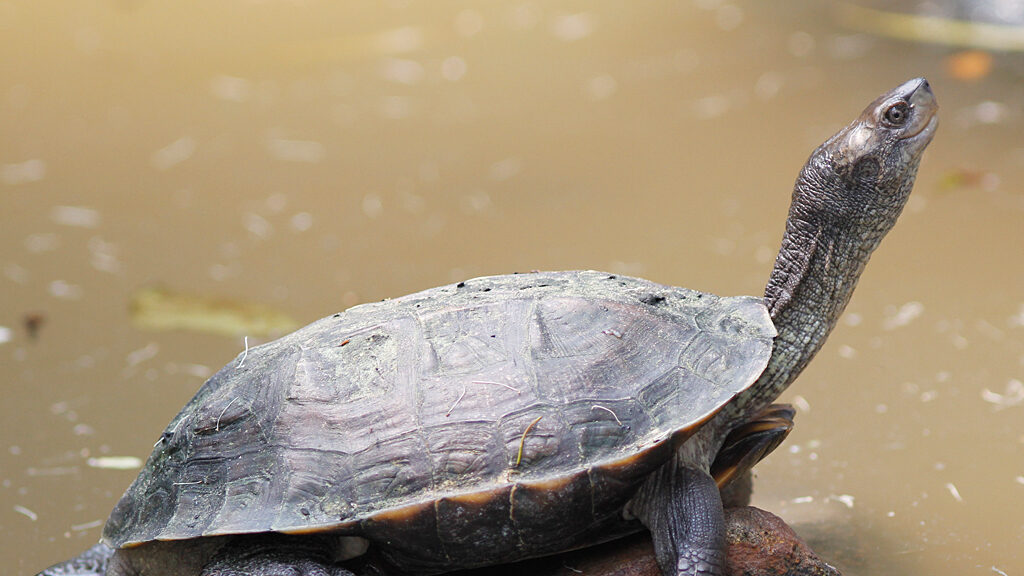
Telomeres—the protective caps at the ends of chromosomes—play a crucial role in cellular aging, and turtles have developed remarkable strategies for maintaining these structures. In most mammals, including humans, telomeres shorten with each cell division, eventually leading to cellular senescence and contributing to aging. Turtles, however, maintain stable telomere lengths throughout their long lives through heightened activity of an enzyme called telomerase, which rebuilds telomeres after cell division. Research from the Chinese Academy of Sciences found that the red-eared slider turtle maintains consistent telomere length regardless of age, unlike the progressive shortening seen in mammals. This telomere stability may be one of the key factors enabling turtles to avoid the typical aging trajectory that most vertebrates experience, effectively preventing one of the major cellular hallmarks of aging.
Metabolic Efficiency and Adaptability
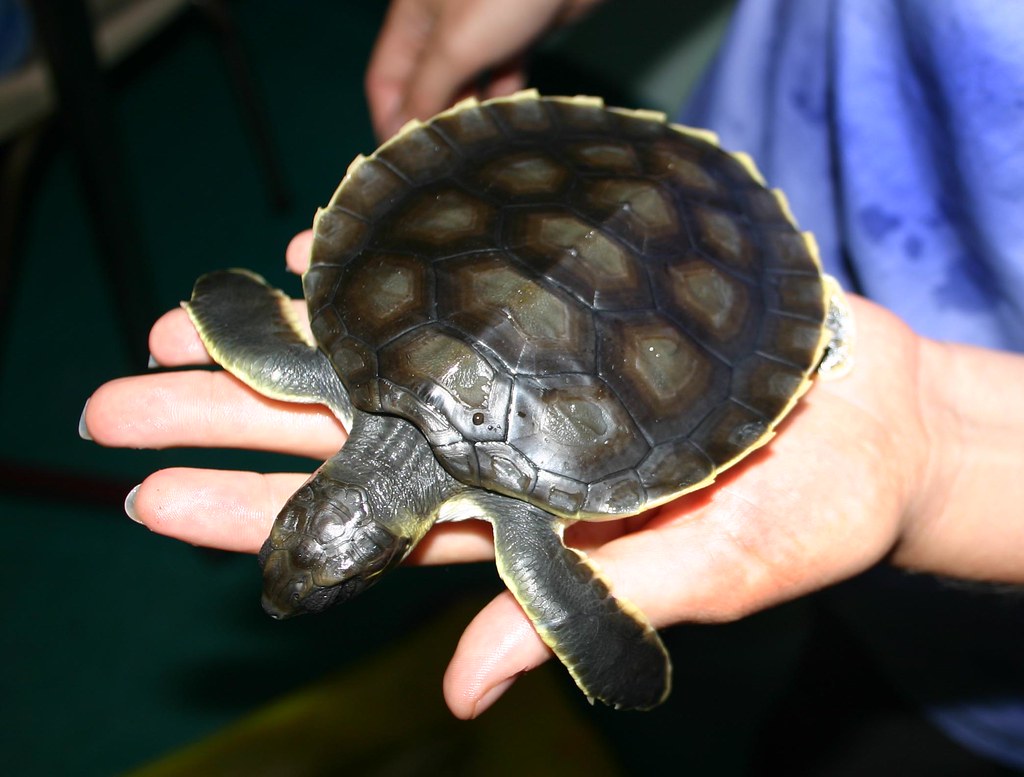
Turtles demonstrate remarkable metabolic efficiency and adaptability that contribute significantly to their longevity. Their naturally slow metabolic rates—sometimes just 1/10 that of mammals of similar size—reduce the production of damaging free radicals that accelerate aging processes. This “slow burn” approach to energy production minimizes cellular damage over time while still meeting their biological needs. Even more impressive is the turtles’ ability to adjust their metabolism dramatically in response to environmental conditions. During harsh winters, many turtle species can reduce their heart rate to as little as one beat every 10 minutes and survive without oxygen for extended periods—capabilities that would be fatal to humans. These metabolic adaptations allow turtles to weather environmental stressors that would accelerate aging in other animals, effectively extending their functional lifespan through periods of biological conservation.
Immune System Resilience

The immune system of turtles demonstrates remarkable resilience even in advanced age, contrasting sharply with the immunosenescence (immune system decline) observed in aging humans. While human immune function typically declines after middle age, leading to increased susceptibility to infections and cancer, turtles maintain robust immune responses throughout their long lives. Research published in the Journal of Experimental Zoology found that even centenarian turtles maintain immune cell production and function at levels similar to those of young adults of their species. This immune stability appears linked to unique properties of their lymphoid tissues, which continue producing new immune cells at consistent rates regardless of age. Additionally, turtle immune systems contain specialized antimicrobial compounds that effectively combat bacterial and fungal infections, potentially reducing the inflammatory burden that contributes to aging in humans.
Shell-Protected Vital Organs
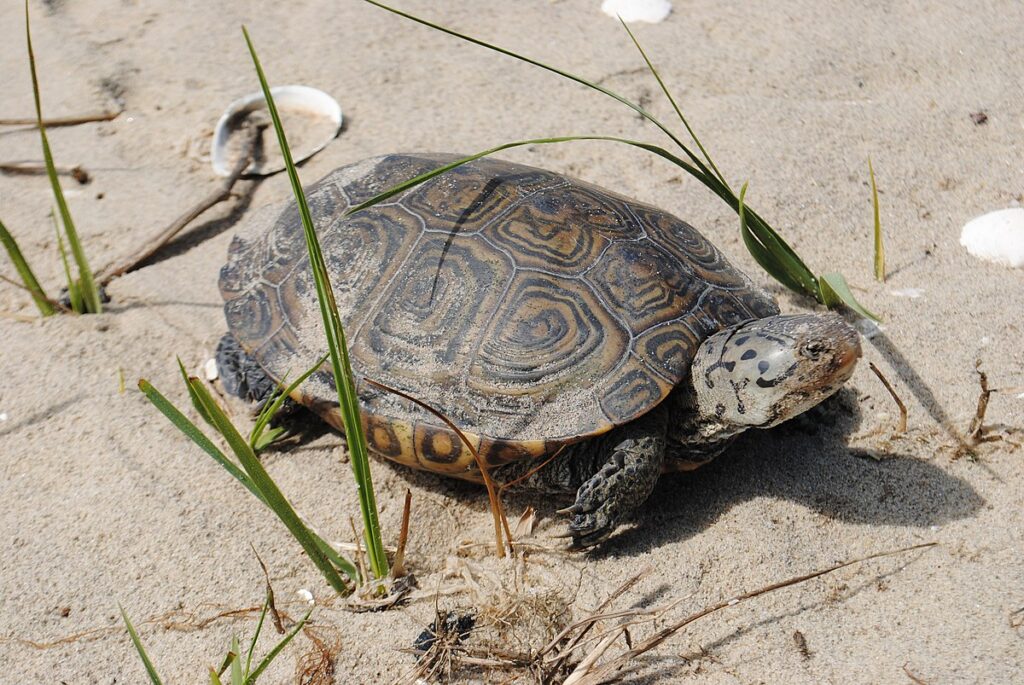
The iconic shell of turtles provides extraordinary protection for vital organs, contributing significantly to their longevity potential. This evolutionary adaptation creates a literal armor against predation and environmental hazards, drastically reducing mortality risks that would otherwise limit lifespan. The shell, composed of modified ribcage, spine, and dermal plates, ensures that once a turtle reaches adulthood, its survival probability remains relatively constant year after year, unlike most animals whose mortality risk increases with age. Beyond simple protection, the shell creates a stable internal environment for vital organs, buffering them against temperature fluctuations and physical stresses. This stability reduces the physiological “wear and tear” that accelerates aging in other animals, allowing turtle organs to maintain functionality decades longer than mammalian counterparts without the constant stress of adapting to changing external conditions.
Regenerative Capacities
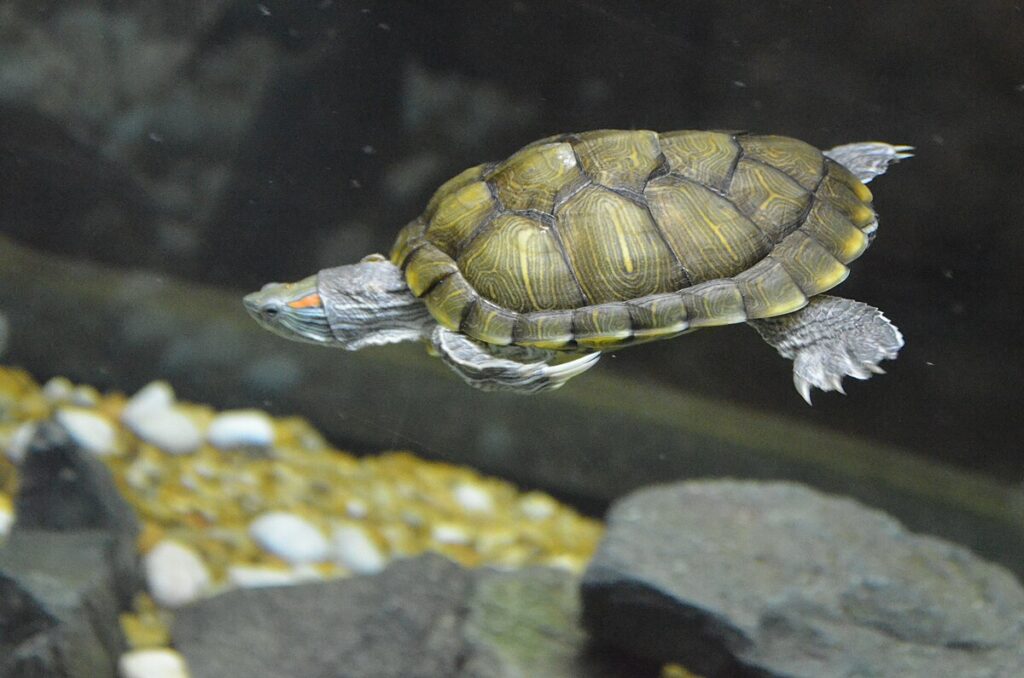
Turtles possess remarkable regenerative capabilities that contribute significantly to their extended lifespans. Unlike mammals, which have limited regeneration abilities, many turtle species can repair severe damage to vital structures throughout their lives. Research at the University of Florida demonstrated that red-eared sliders can regenerate significant portions of their liver multiple times without developing the scarring and reduced function that would occur in mammals. Even more impressively, some aquatic turtle species can repair damage to their spinal cords and nervous tissue, regenerative feats impossible for adult humans. These abilities allow turtles to recover from injuries that would be permanently debilitating or fatal to mammals, effectively extending their healthy lifespan by maintaining functional integrity of vital systems despite accumulated damage over decades. Scientists are currently studying the molecular pathways that enable these regenerative capacities, hoping to identify mechanisms that might be therapeutically activated in humans.
Stress Response and Adaptation
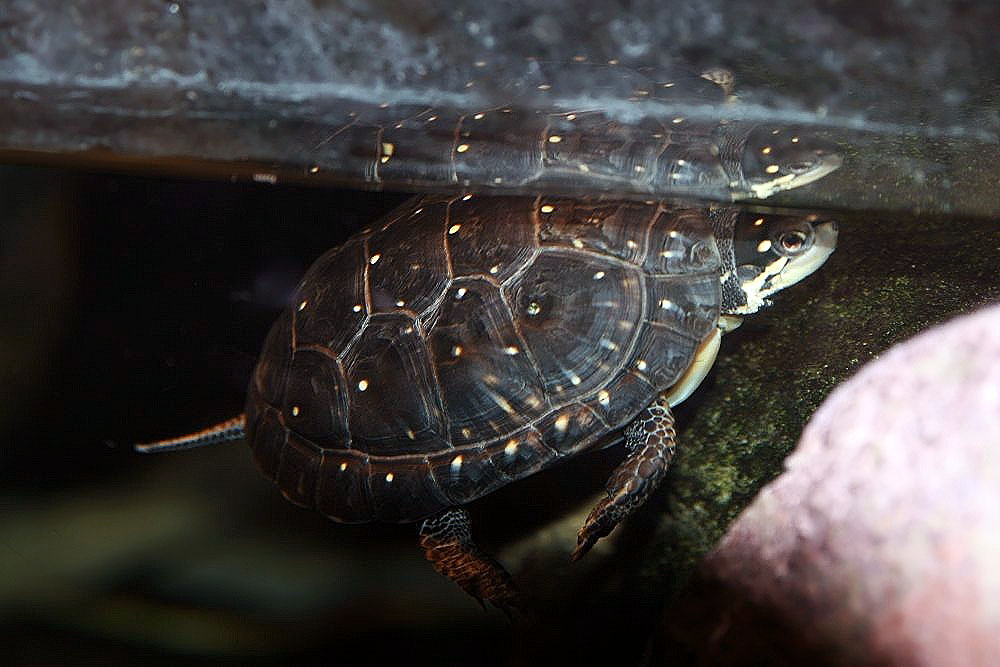
Turtles exhibit exceptional stress response mechanisms that contribute to their longevity by preventing the cumulative damage that chronic stress inflicts on most animals. Research from the University of Michigan has shown that turtles produce specialized stress proteins that protect their cells during extreme environmental challenges, like oxygen deprivation or freezing temperatures, that would cause irreparable damage to human tissues. Unlike mammals, whose stress responses often become dysregulated with age, turtles maintain precise control of stress hormones like corticosterone throughout their lives. This hormonal regulation prevents the chronic inflammation and cellular damage associated with aging in humans. Additionally, turtles possess remarkable behavioral adaptations for stress management, including the ability to enter states of dramatically reduced metabolism during unfavorable conditions, effectively “pausing” biological processes that would otherwise contribute to aging while waiting for conditions to improve.
Reproductive Strategies and Longevity
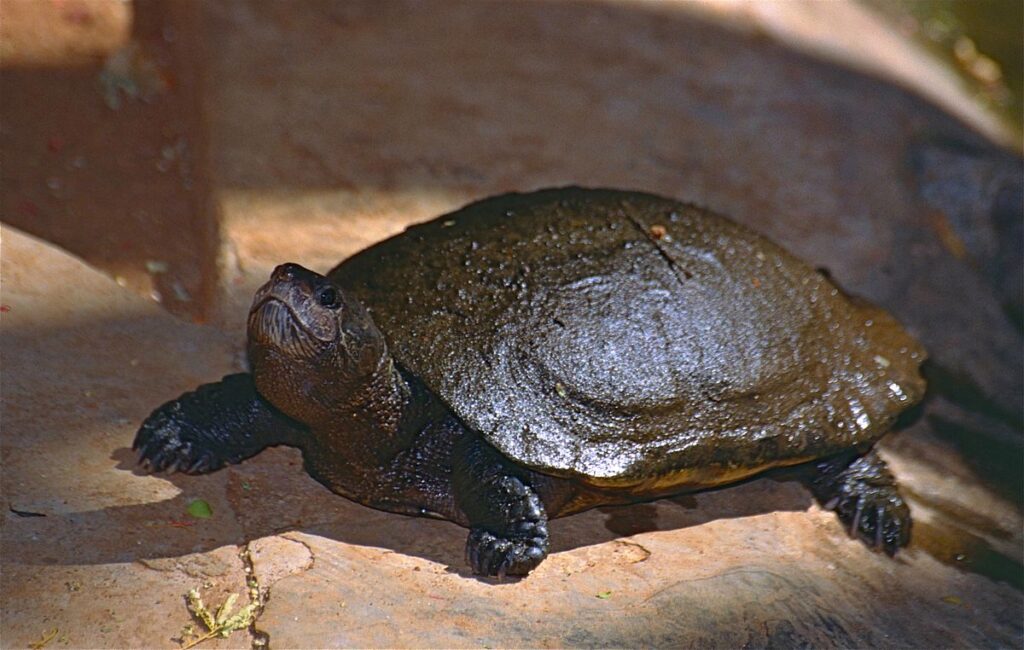
The reproductive strategies of turtles represent a fascinating evolutionary approach that directly supports their exceptional longevity. Unlike mammals who typically experience reproductive senescence (menopause in females), turtles maintain fertility throughout their extended lives, with female Galápagos tortoises documented to reproduce successfully at over 100 years of age. This continued reproductive capacity represents a fundamental difference in how their bodies balance resources between maintenance and reproduction. Rather than the “live fast, die young” strategy of many short-lived species, turtles invest heavily in body maintenance and repair while spreading reproduction across many decades. Female sea turtles may produce thousands of eggs over their lifetime, but by laying them in batches across many nesting seasons spanning decades, they avoid the intense physiological stress that concentrated reproductive efforts would create. This distributed approach to reproduction prevents the accelerated aging that often accompanies intense reproductive investment in shorter-lived species.
Genomic Stability and Cancer Resistance

Turtles demonstrate remarkable genomic stability and cancer resistance that contribute significantly to their longevity. Cancer, which results from accumulated genetic mutations, should theoretically be more common in long-lived species with more cell divisions over their lifetime. However, turtles rarely develop cancer despite their extended lifespans—a phenomenon known as Peto’s Paradox. Research from Arizona State University has identified multiple tumor suppressor genes in turtle genomes that appear duplicated compared to mammals, potentially providing enhanced protection against cancerous mutations. Additionally, turtle cells show exceptional resistance to carcinogenic compounds that readily induce mutations in human cells. Their DNA repair mechanisms operate with remarkable efficiency even in advanced age, preventing the genomic instability that typically accumulates in aging mammals. This maintenance of genomic integrity throughout their long lives represents one of the most promising areas for translational research into human age-related diseases.
Environmental Adaptability and Longevity
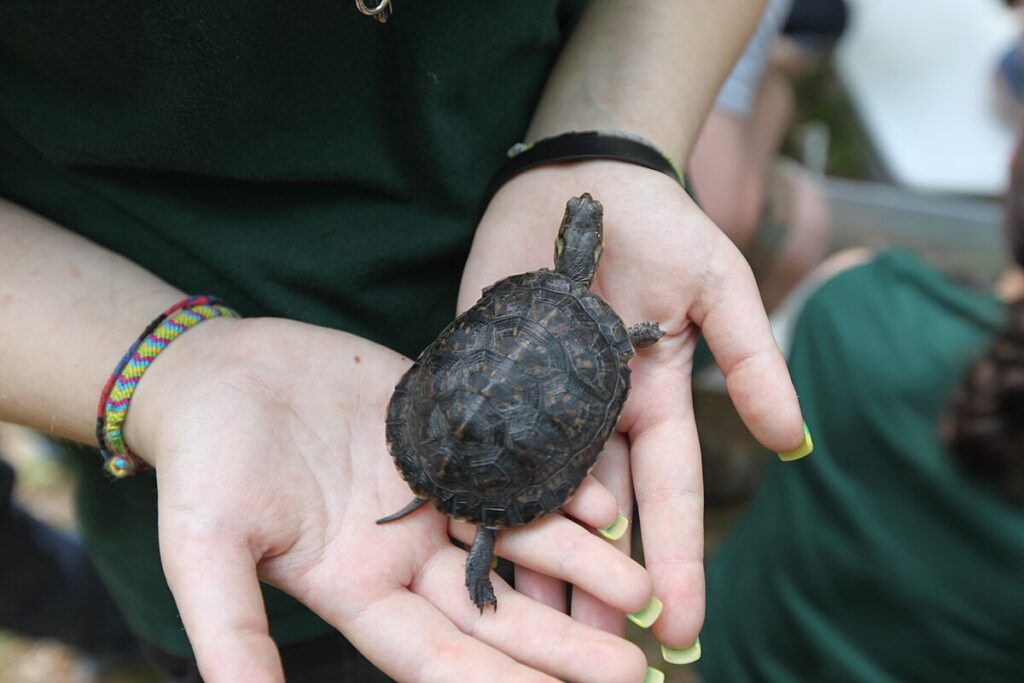
Turtles’ extraordinary environmental adaptability contributes significantly to their longevity, providing insights into how resilience affects lifespan. Throughout their evolutionary history spanning over 200 million years, turtles have survived multiple mass extinction events that eliminated countless other species, demonstrating their remarkable capacity to endure changing conditions. Modern turtles can thrive in environments ranging from tropical seas to desert landscapes, with species-specific adaptations that allow them to manage extreme temperature variations, dehydration, and resource scarcity. The Galápagos tortoise, for instance, can survive up to a year without food or water when necessary—a metabolic flexibility that reduces the physiological damage that environmental stressors would otherwise cause. This adaptability extends to oxygen requirements as well, with many freshwater turtles capable of absorbing oxygen through specialized epithelial tissues when underwater, allowing them to remain submerged for months during winter hibernation without suffering the cellular damage that oxygen deprivation would cause in mammals.
Implications for Human Longevity Research
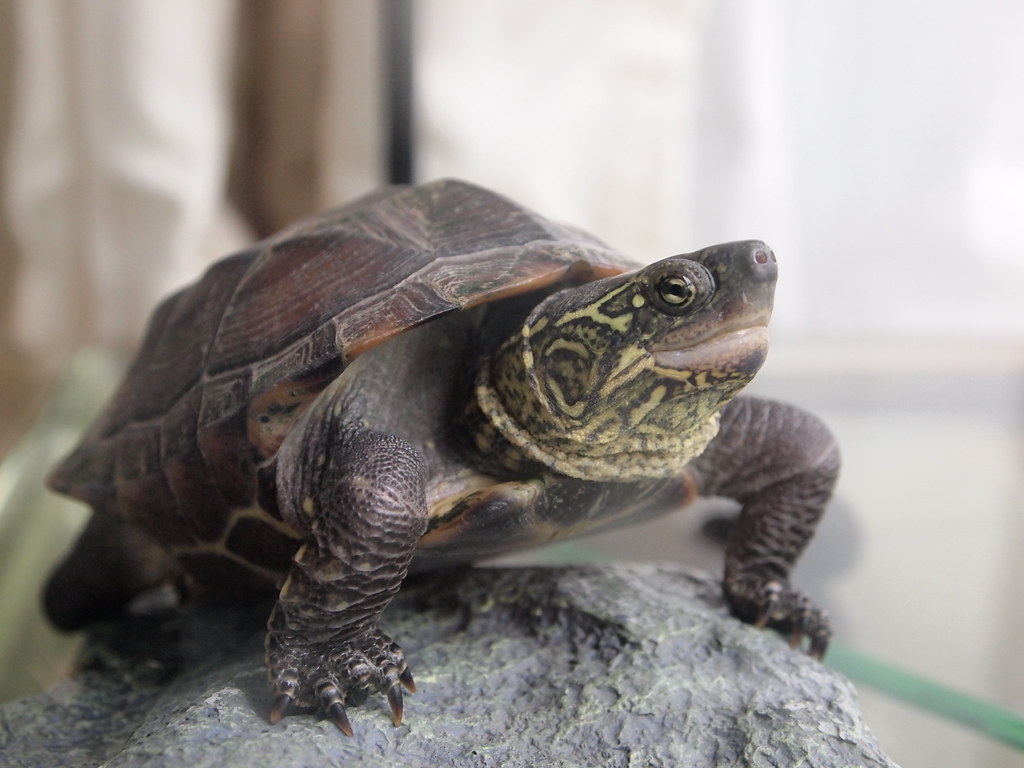
The biological mechanisms underlying turtle longevity offer promising avenues for human aging research and potential therapeutic interventions. Scientists at the Buck Institute for Research on Aging are currently studying turtle telomerase activation pathways to identify compounds that might safely enhance telomere maintenance in human cells without increasing cancer risk. Other researchers are examining the unique properties of turtle cellular stress responses, seeking to develop drugs that could mimic their protective effects against oxidative damage. The exceptional DNA repair capabilities of turtles have already informed the development of experimental compounds designed to enhance similar mechanisms in human cells. Perhaps most significantly, understanding how turtles maintain organ function throughout their extended lifespans could lead to breakthroughs in treating age-related diseases like heart failure, kidney disease, and neurodegeneration. While humans will likely never match the natural lifespan of certain turtle species, these ancient reptiles are providing valuable insights that may help us extend our healthy years and reduce the burden of age-related diseases.
Conservation Implications of Longevity
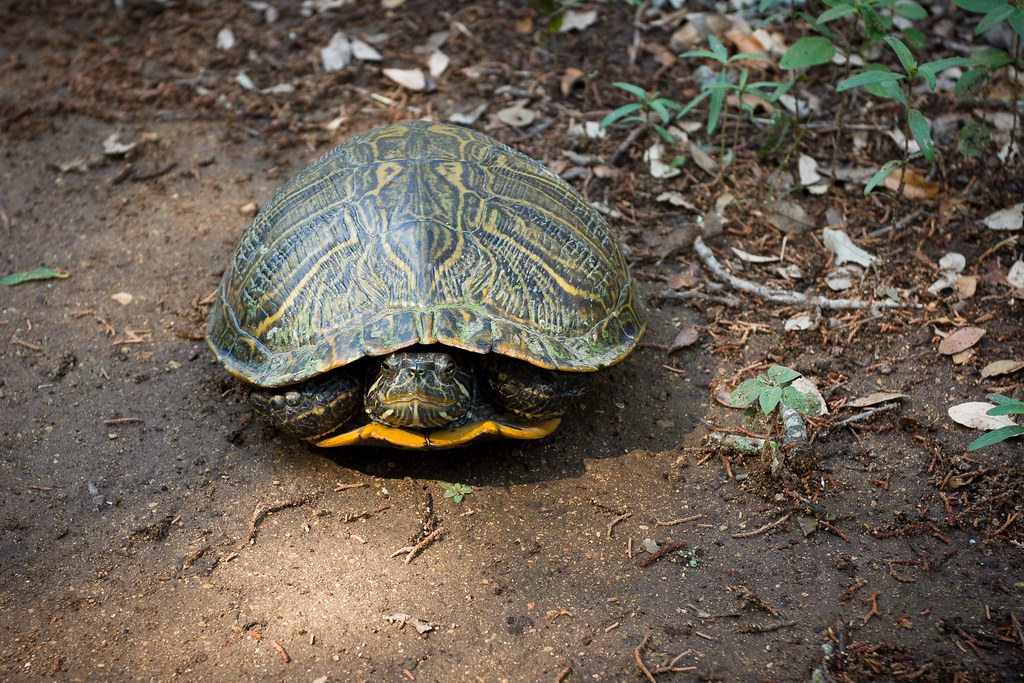
The exceptional longevity of turtles creates unique conservation challenges that highlight the intersection of lifespan biology and species preservation. Because many turtle species don’t reach sexual maturity until 15-20 years of age and then live for decades afterward, their populations recover extremely slowly from decline, making them particularly vulnerable to extinction from human activities. A single year of excessive harvesting can eliminate multiple generations of breeding adults, with population recovery potentially taking centuries even under ideal conditions. This biological reality has profound implications for conservation strategies, requiring exceptionally long-term planning horizons compared to shorter-lived species. Furthermore, the same mechanisms that enable turtle longevity—slow metabolism, delayed maturity, and extended reproductive periods—make them especially vulnerable to rapidly changing environments like those created by climate change. Conservation biologists are now incorporating longevity data into population models to develop more effective protection strategies for these ancient creatures, recognizing that preserving these living laboratories of extreme longevity is essential not only for biodiversity but also for the insights they may provide for human health and aging research.
Conclusion

The remarkable longevity of turtles offers a fascinating window into nature’s solutions for extending healthy lifespan. From their negligible senescence and efficient DNA repair mechanisms to their metabolic flexibility and cancer resistance, turtles demonstrate biological possibilities that stretch beyond current human capabilities. As we continue studying these ancient reptiles, we may discover approaches to address age-related diseases and extend our own healthy years. However, the greatest lesson turtles teach us about longevity might be one of balance—their slow, steady approach to life, with efficient energy use and remarkable resilience to stress, stands in stark contrast to our often frenetic human pace. Perhaps in this biological wisdom lies not only the secret to their centuries-long lives but also a metaphorical guide for our own approach to living well throughout our relatively brief human journey.


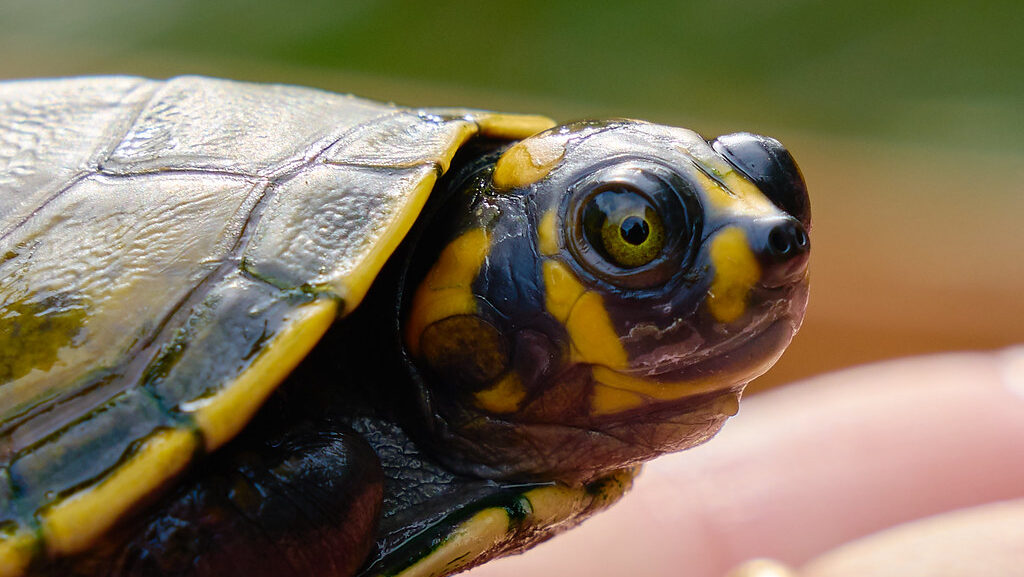
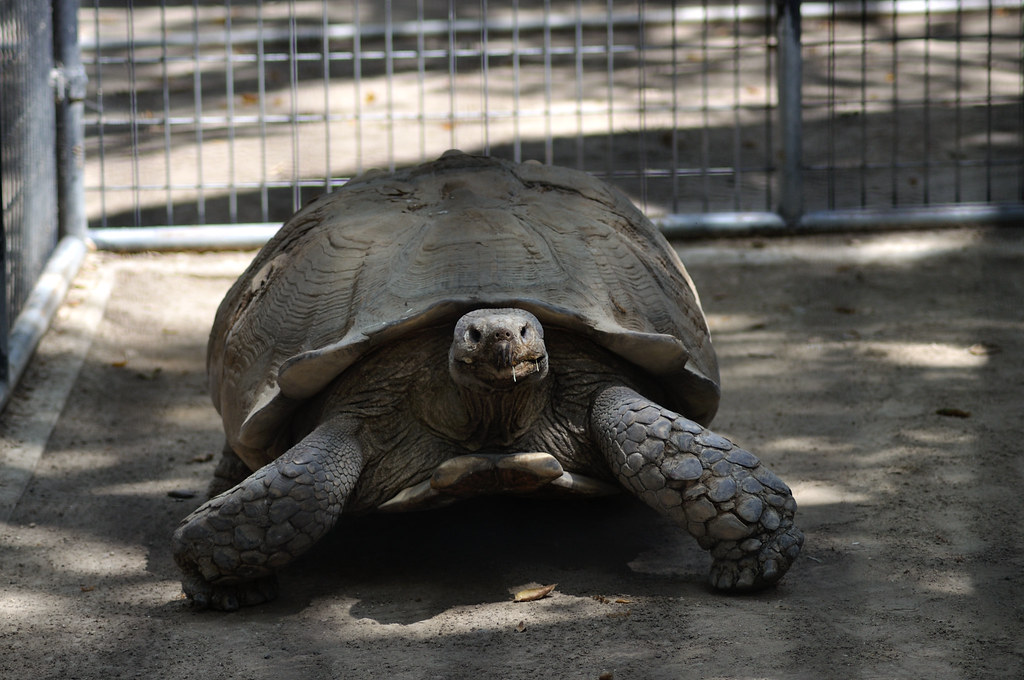
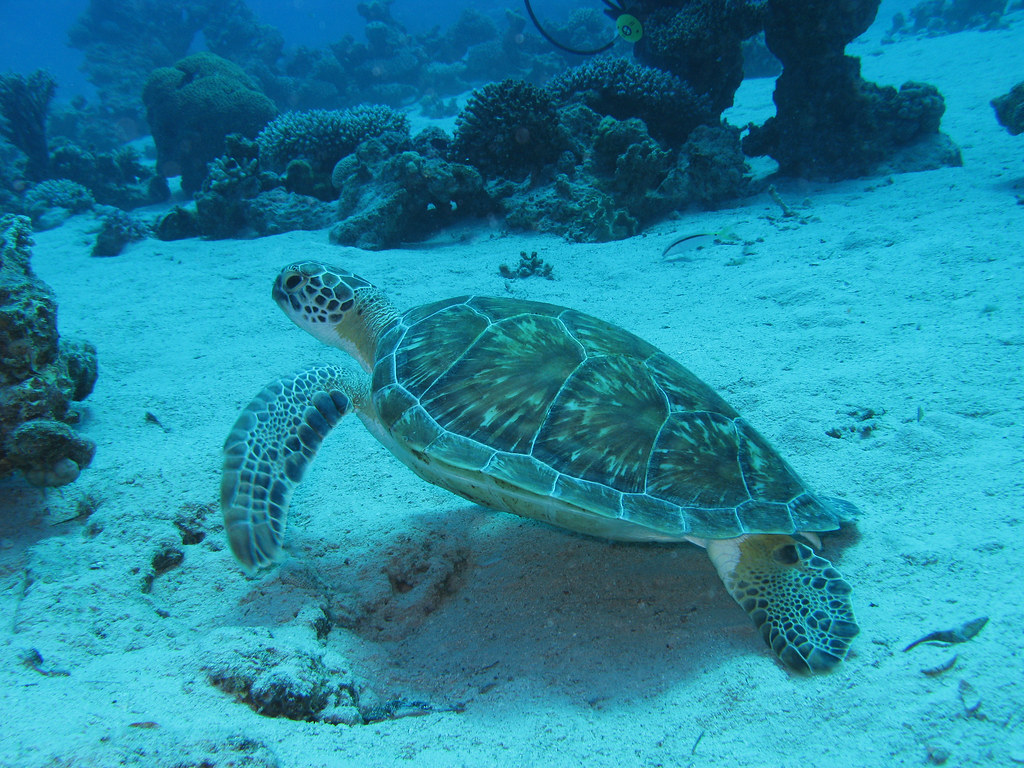
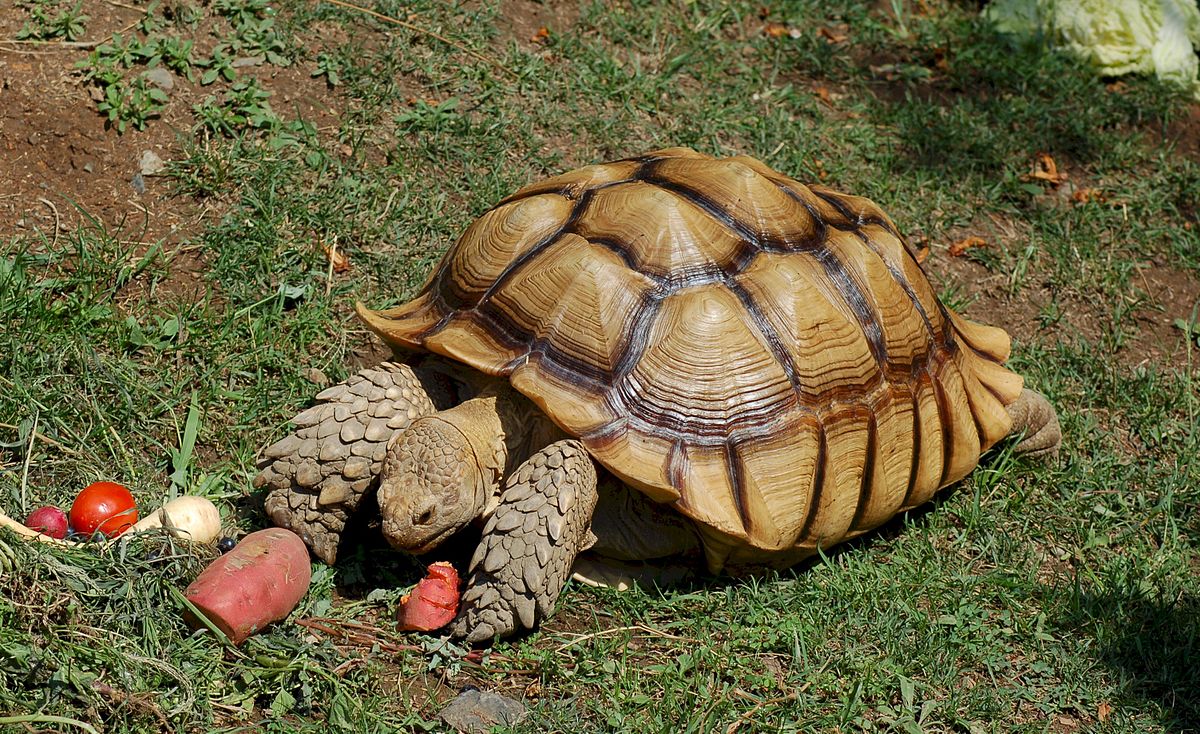
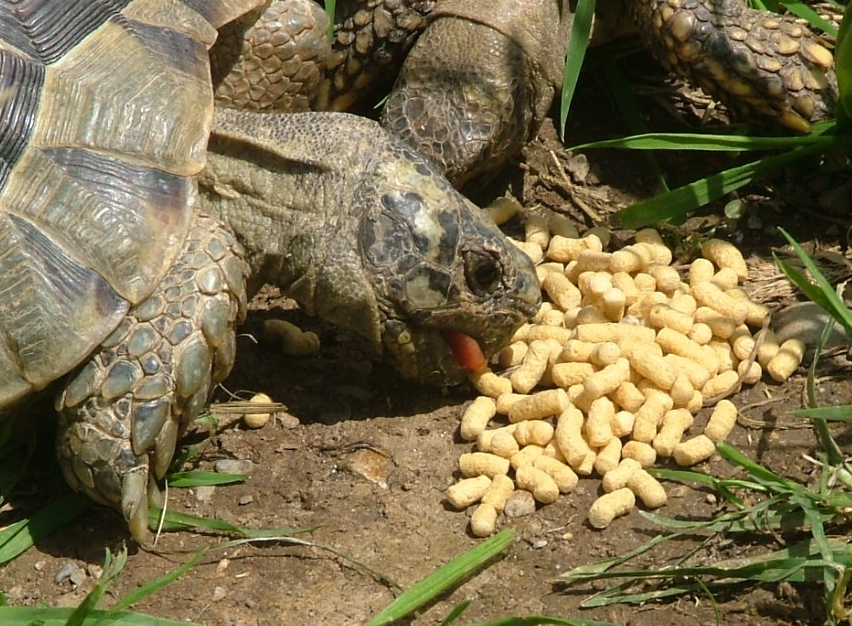



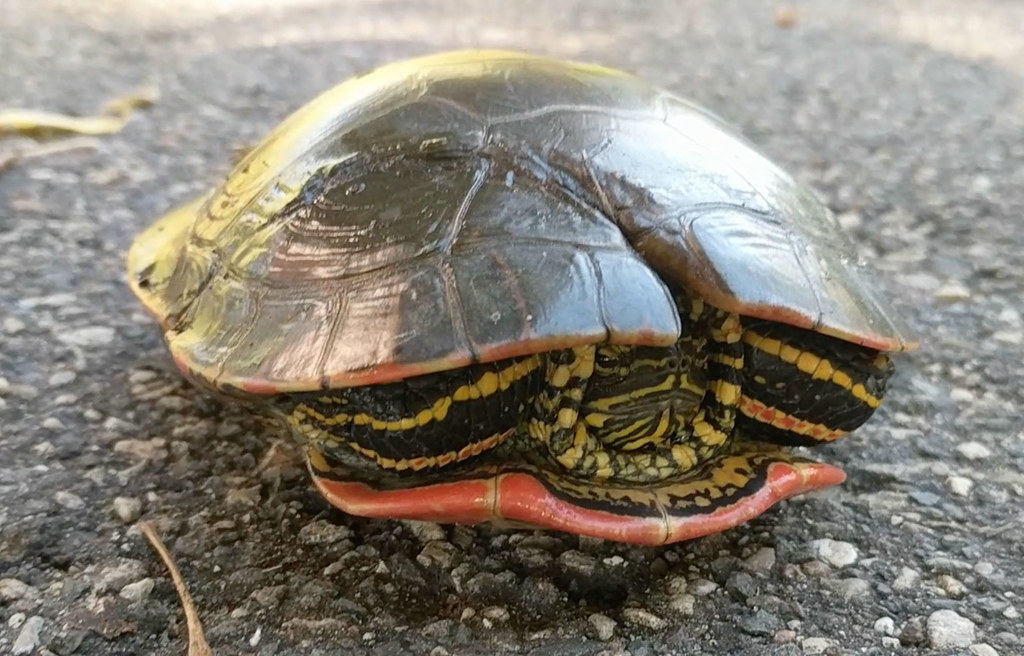
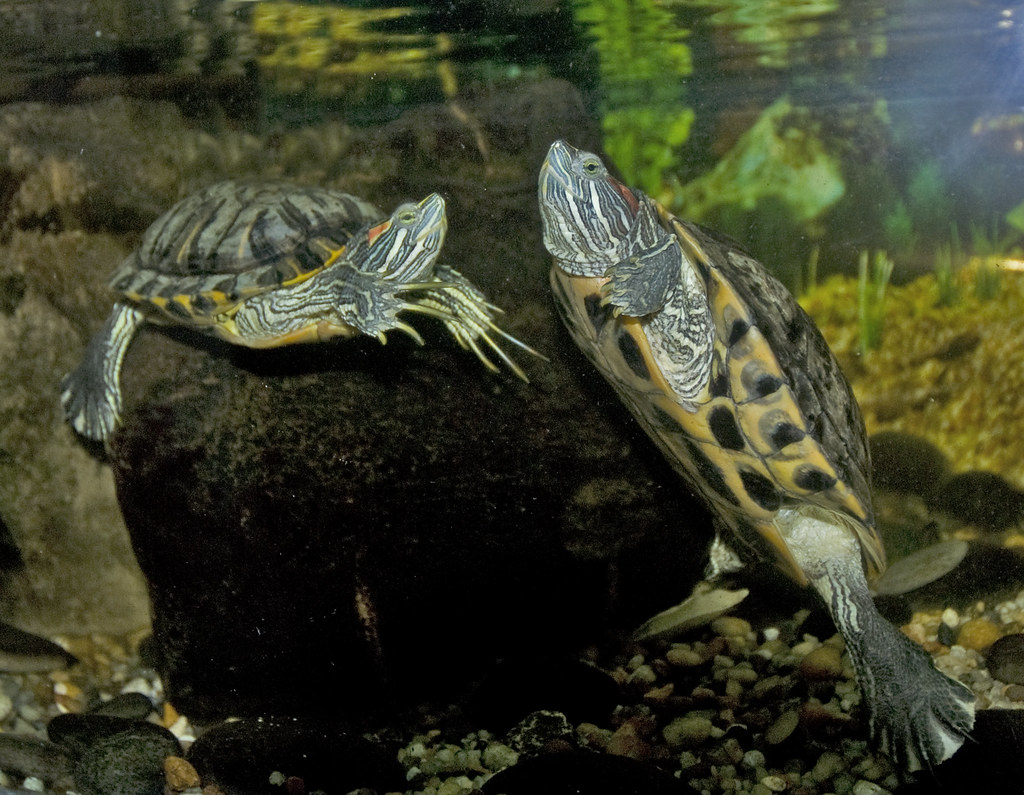




Leave a Reply